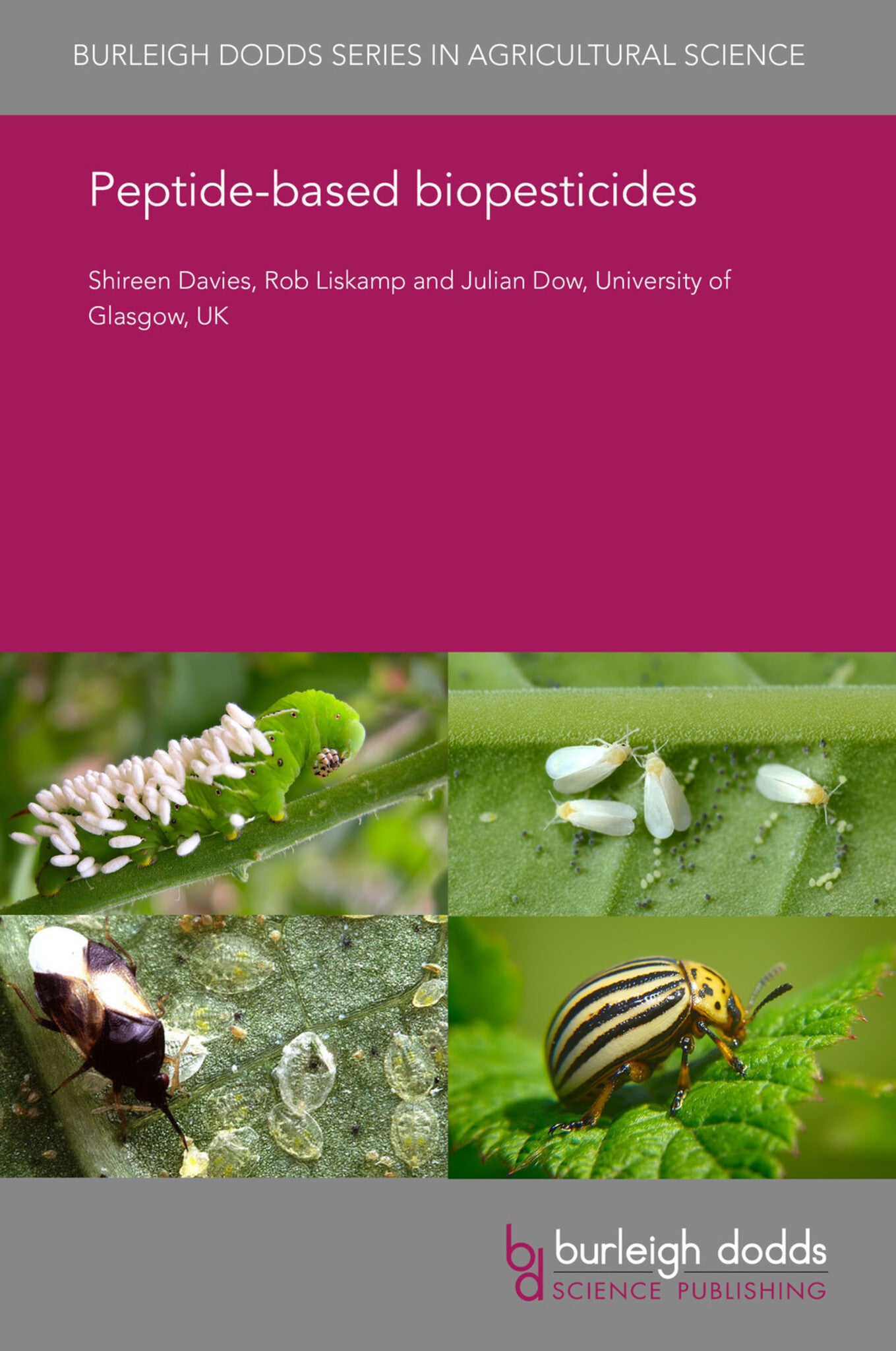We're sorry. An error has occurred
Please cancel or retry.
Peptide-based biopesticides

Some error occured while loading the Quick View. Please close the Quick View and try reloading the page.
Couldn't load pickup availability
- Format:
-
28 October 2019


TECHNOLOGY & ENGINEERING / Pest Control, Pest control / plant diseases, SCIENCE / Life Sciences / Zoology / Entomology, TECHNOLOGY & ENGINEERING / Agriculture / Agronomy / Crop Science, TECHNOLOGY & ENGINEERING / Agriculture / Sustainable Agriculture, Insects (entomology), Sustainable agriculture, Agronomy and crop production

1 Introduction 2 Addressing the issues 3 Case studies and reviews of key research 4 Summary: how research can contribute to sustainable agriculture 5 Future trends 6 Acknowledgements 7 Where to look for further information 8 References



